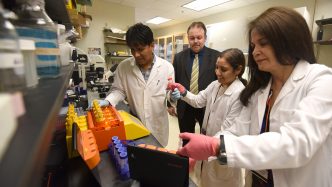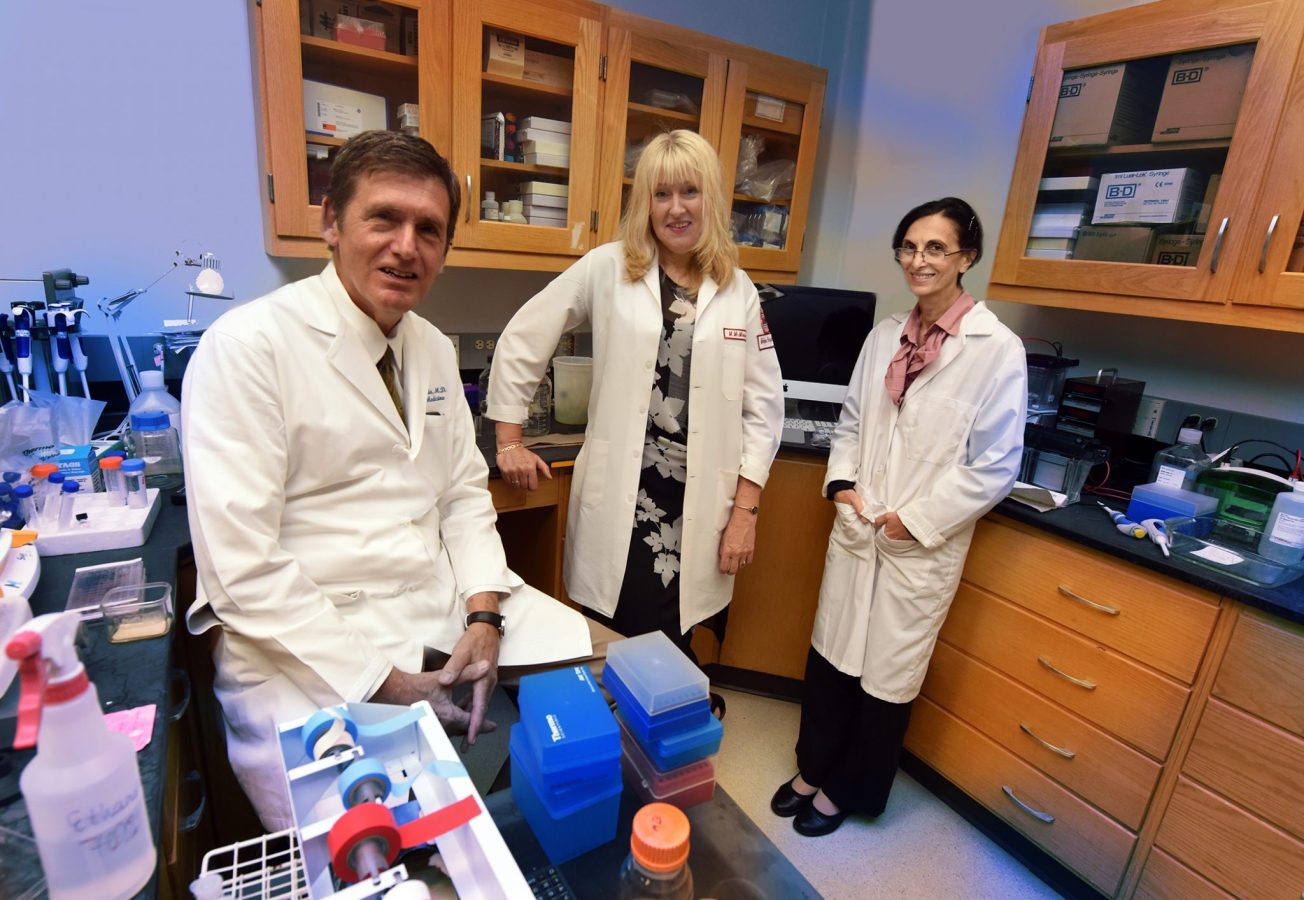In a continuing effort to improve the patient experience, hospital leadership has made some fundamental changes that are beginning to produce improvements in patient satisfaction. Recently, the Hospital Consumer Assessment of Healthcare Providers and Systems (HCAHPS) scores have shown particular signs of improvement.
“Basically, we took the responsibility [for patient satisfaction] out of our office’s hands and put it into the hands of the people who have ownership of it,” said Delandous Haynes, Service Excellence Coordinator. “It’s the people who are on the floors actually doing the work that can impact the change.”
One of the areas where the change is most noticeable is in the area of Physician Communication, where Dr. Michael Madaio and Dr. Lee Merchen helped lead the Performance Improvement Team to several quarters of improvement.
HCAHPS is an instrument to measure patient perceptions of care at acute-care hospitals. It relies on questions asked in a survey given to discharged patients and evaluates their perception of care in 10 different areas, called domains. While Medicare reimbursements are tied to these scores, Haynes said the main focus behind the drive for improvement is to provide better care to patients.
Since shifting that responsibility to the domain teams, things have begun moving in a positive direction.
“When we got out of the silo effect and started partnering with each other, that’s when we really started to see the trend move,” Haynes said. “I think the employee engagement survey done on the HR side had a large impact, because the leaders were able to identify things that were of concern to their staff and then they addressed those concerns. From there, happier staff provided better care, and better care translates to happier patients.”
As far as physician communication, a lot of the improvement stemmed from the development of medical team cards that explain to patients and their families who is on their care team and what their roles are, translating clinical terms like “attending” to more understandable expressions like “boss of the team.”
Another change has been the introduction of white boards inside the rooms.
“Now, we have a pain scale on the white boards, so our nonverbal patients who might not be able to tell you how they feel can point to the sad face and let you know where their pain level is,” Haynes said.
Even simple things like acknowledging who is in the room, introducing yourself, and letting patients know the duration of your stay – part of what is known by the acronym AIDET – can go a long way toward helping patients feel less anxious about their care. A study at Vanderbilt saw the use of AIDET, which also includes explaining what you’re doing and thanking the patient, reduced complaints by 50 percent and increased HCAHPS scores by 17 percent.
The main thing, Haynes said, is transparency and participation.
Momentum began to increase when leadership, front-line staff, and patients and families came together to change the culture.
 Augusta University
Augusta University


